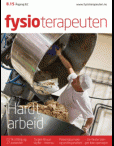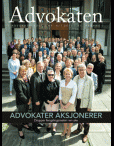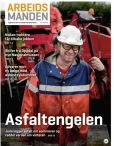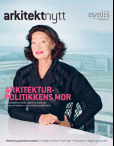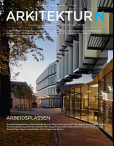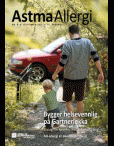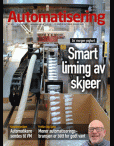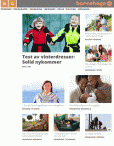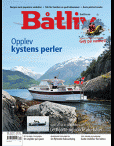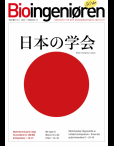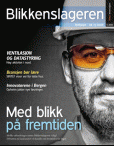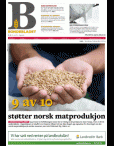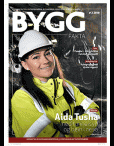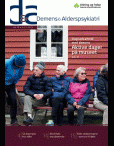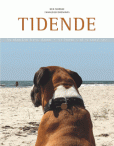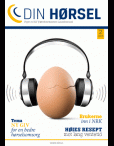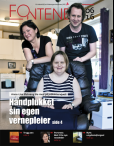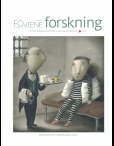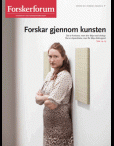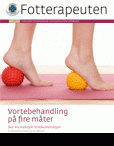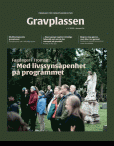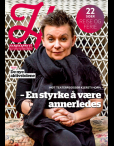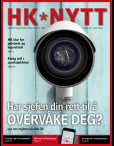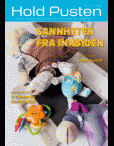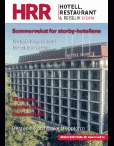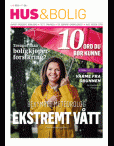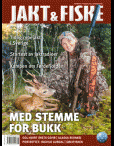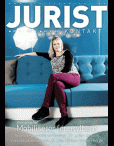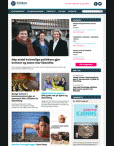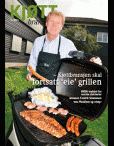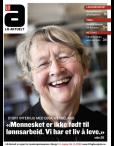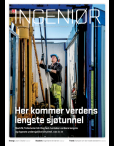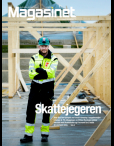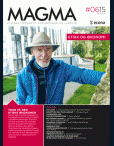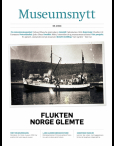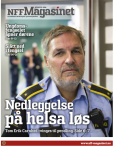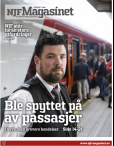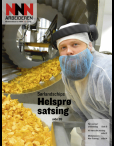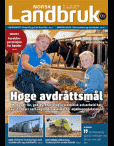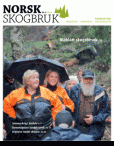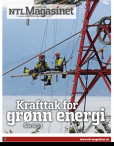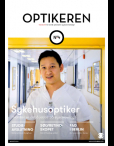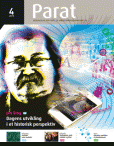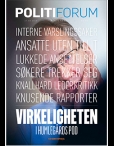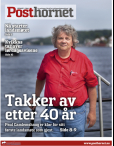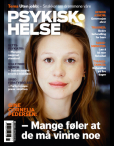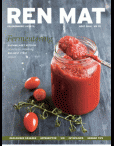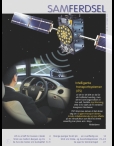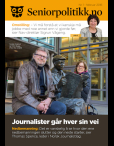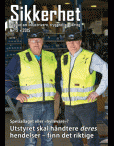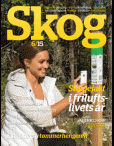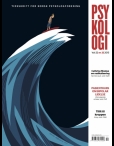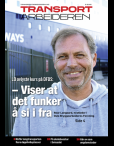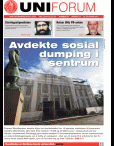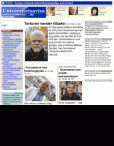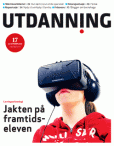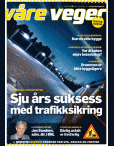Denne fagartikkelen er fagfellevurdert etter Fysioterapeutens retningslinjer, og ble akseptert 9.august 2023. Ingen interessekonflikter oppgitt.
Abstract
Nudges and incentives can be-and are-used in physiotherapy treatment to alter and steer patients' behaviour. In this paper, we first investigate the conceptual difference between nudges and incentives. Thereafter, we conduct an ethical analysis of these two techniques for influencing behaviour, pointing to different aspects that may have ethical importance for physiotherapy practise. We conclude that while employing nudges and incentives in physiotherapy treatment raises distinct ethical issues in light of their conceptual differences, there is a common moral imperative for physiotherapists to provide and discuss the reasons for employing nudges and incentives with the public and/or the patients.
Keywords: bioethics, incentives, medical ethics, nudging, physiotherapy.
Sammendrag
Hvem sin motivasjon? En konseptuell og etisk analyse av dulter og insentiver i fysioterapibehandling
Dulter og insentiver kan brukes - og blir brukt - for å endre og styre atferden til pasienter i fysioterapibehandling. I denne artikkelen undersøker vi først den konseptuelle forskjellen mellom dulter og insentiver. Deretter gjennomfører vi en etisk analyse av disse to teknikkene for å påvirke atferd, hvor vi peker på forskjellige aspekter som kan ha etisk betydning for fysioterapipraksis. Vi konkluderer med at selv om bruken av dulter og insentiver i fysioterapibehandling reiser ulike etiske problemstillinger på grunn av konseptuelle forskjeller mellom dem, eksisterer det et felles moralsk imperativ for fysioterapeuter til å meddele og diskutere grunnene til å bruke dulter og insentiver med offentligheten og/eller pasientene.
Nøkkelord: bioetikk, dulting, insentiver, fysioterapi, medisinsk etikk.
Introduction
For the most part, the very effect of physiotherapy treatment depends on patients' adherence to the treatment plans. To promote such adherence, different techniques for affecting the behaviour of patients are available. Two of these techniques are so-called nudges and incentives. For example, imagine a patient struggling to exercise regularly. If the physiotherapist deliberately frames an exercise intervention as the default intervention and emphasises that most people with the same condition adhere to a similar programme, this counts as nudging. If a physiotherapist instead gives her patient a discount on the service price for participating in a series of group exercises, this counts as an incentive.
Both nudges and incentives appear to be present in many physiotherapy practices, underscoring the need for conceptual and ethical reflections concerning the use of these techniques. Thus, in this paper, we start by exploring the conceptual difference between nudges and incentives. Subsequently, we conduct an ethical analysis with the aim of pointing to different aspects that may be relevant for physiotherapists who consider employing nudges or incentives in treatment situations. By so doing, we hope this paper serves to stimulate ethical reflections and provide some practical guidance for clinicians in their encounters with patients.
Conceptual analysis
What are nudges?
Because we (as people) lack complete knowledge about all the conceivable options in each choice situation as well as the consequences associated with these options, and because we are, in many situations, unable to consider information consistently to make choices that fit our preferences, we cannot be deemed perfectly rational decision-makers (1). On the contrary, we are prone to be influenced by apparently irrelevant factors in the choice situation, such as how an option is framed and which option is presented as the default (2). For instance, whether the expected effect of an exercise intervention is framed in terms of the likelihood of clinical improvement or the likelihood of no clinical improvement might influence decisions as the former framing generally results in a more positive view of the intervention (2, p. 367). As another example, the order of a choice set can influence our decisions as we are more prone to choosing the options presented first and last (3, p. 18). Additionally, the power of social norms is invoked when we appeal to what 'most people do', which probably is one of the most effective ways to get people to do what we want them to do (4).
When we make use of such knowledge about 'shallow cognitive processes' in order to influence people's behaviour in a predictable way, we are nudging other people (3, 5, 6). The cognitive processes are shallow in the sense that they work automatically and nonvoluntarily by bypassing the conscious and reasoning self (2, 7). Because these shallow cognitive processes have predictable tendencies, they are sometimes referred to as cognitive biases. In one


